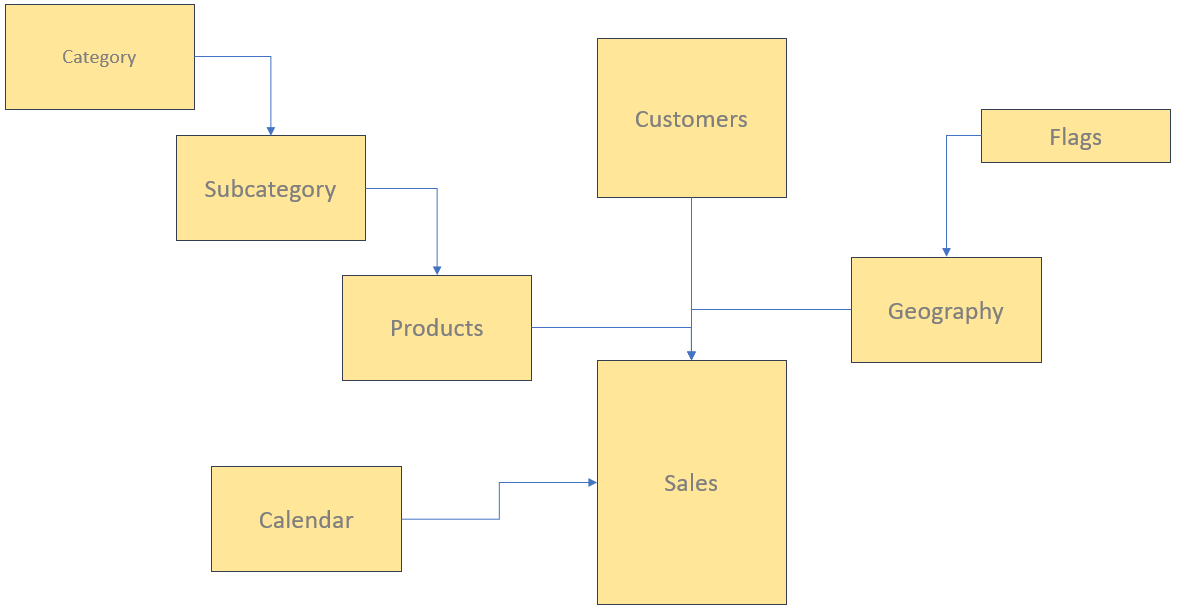A data model is a conceptual representation of data, which defines the structure, relationships, constraints, and semantics of data. It serves as a blueprint for the design and implementation of a database, and is used to communicate the requirements and design of the database to stakeholders such as database administrators, developers, and users.

There are several types of data models, each with their own unique features and characteristics. The three main types of data models are:
-
Conceptual Data Models: These models provide a high-level view of the data and are used to communicate the overall business requirements of the system. They do not include any implementation details and are typically used to identify and organize the data requirements of an organization.
-
Logical Data Models: These models provide a detailed view of the data and are used to specify the relationships and constraints between the data elements. They do not include any physical storage details and are typically used to create the database schema.
-
Physical Data Models: These models provide the most detailed view of the data and are used to specify the physical storage details of the database. They include information such as the location of the data, the storage format, and the access methods.
Data modeling plays a crucial role in the design and development of a database, and is a critical step in the process of creating a well-designed and efficient database. By using a data model, organizations can ensure that their data is organized and structured in a way that supports their business needs and enables easy access and analysis of the data.
It's also worth mentioning that Data modeling can be also used in other fields such as Data Warehousing, Business Intelligence, and Machine Learning, for instance, in Data Warehousing, the data model is used to define how the data is extracted, transformed and loaded into the Data warehouse, and then how it will be consumed, by Business intelligence tool for reporting and Analytics.
Overall, a data model is an essential tool for defining and organizing data and is used to ensure that a database is designed and implemented in a way that supports the business needs of an organization.